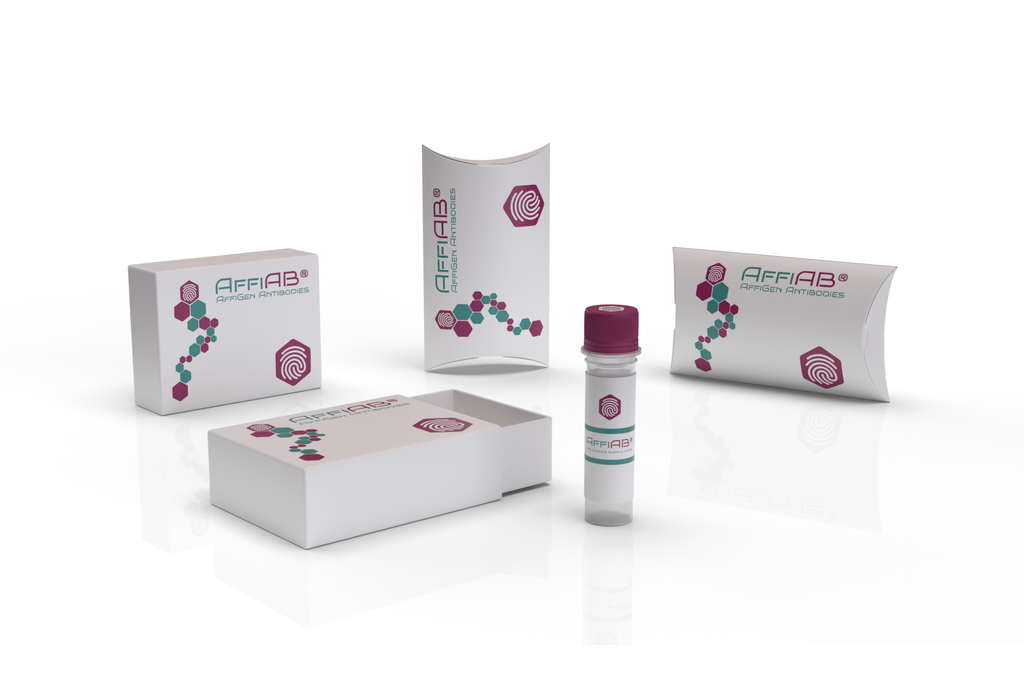AffiAB® Anti-ERN1 Antibody
Serine/threonine-protein kinase and endoribonuclease that acts as a key sensor for the endoplasmic reticulum unfolded protein response (UPR) . In unstressed cells, the endoplasmic reticulum luminal domain is maintained in its inactive monomeric state by binding to the endoplasmic reticulum chaperone HSPA5/BiP. Accumulation of misfolded protein in the endoplasmic reticulum causes release of HSPA5/BiP, allowing the luminal domain to homodimerize, promoting autophosphorylation of the kinase domain and subsequent activation of the endoribonuclease activity . The endoribonuclease activity is specific for XBP1 mRNA and excises 26 nucleotides from XBP1 mRNA . The resulting spliced transcript of XBP1 encodes a transcriptional activator protein that up-regulates expression of UPR target genes. Acts as an upstream signal for ER stress-induced GORASP2-mediated unconventional (ER/Golgi-independent) trafficking of CFTR to cell membrane by modulating the expression and localization of SEC16A .
Antibody type
Rabbit polyclonal Antibody
Uniprot ID
SwissProt: O75460 Human
Recombinant
NO
Conjugation
Non-conjugated
Host
Rabbit
Isotype
IgG
Clone
N/A
KO/KD
N/A
Species reactivity
Human, Rat
Tested applications
WB, IHC-P
Predicted species reactivity
N/A
Immunogen
Synthetic peptide within N-terminal Human ERN1.
Storage
Store at +4°C after thawing. Aliquot store at -20°C. Avoid repeated freeze / thaw cycles.
Form
Liquid
Storage buffer
1*TBS (pH7.4) , 0.2% BSA, 50% Glycerol. Preservative: 0.05% Sodium Azide.
Concentration
1 mg/ml.
Purity
Immunogen affinity purified.
Signal pathway
Huntington's disease, Autophagy Alzheimer disease, Apotosis, Parkinson’s disease, Amyotrophic lateral sclerosis
Recommended dilutions
WB: 1:500
; IHC-P: 1:50-1:200
Molecular Weight
Predicted band size 110 kDa.
Subcellular location
Endoplasmic reticulum, Membrane.
Positive control
C2C12 cell lysate, HepG2 cell lysate, rat uterus tissue, human appendix tissue.
